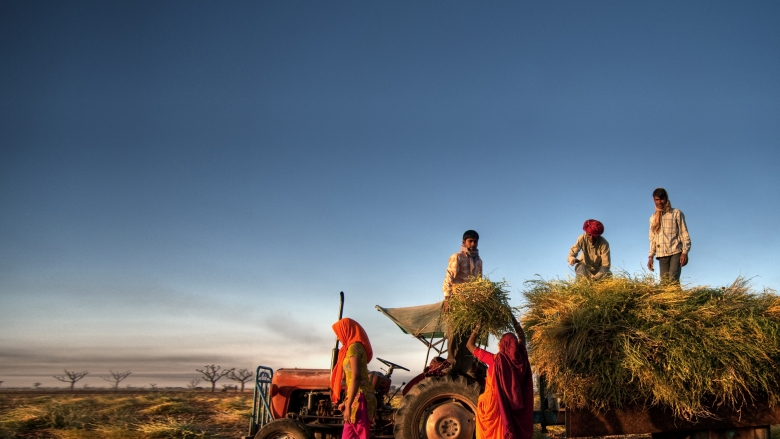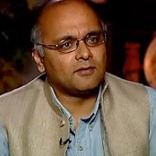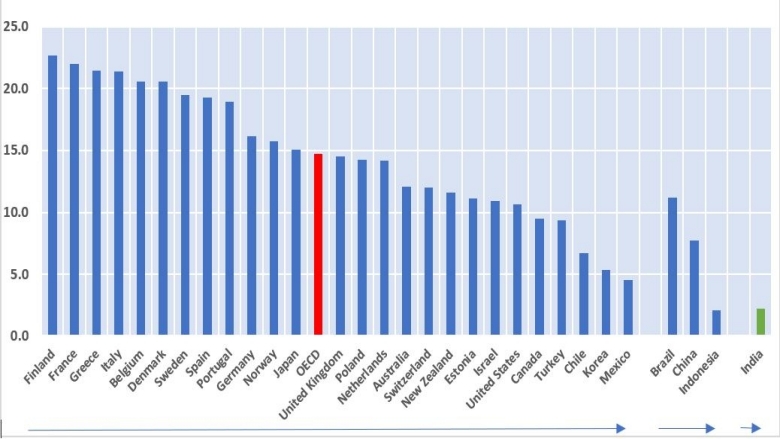Between 1997 and 2017, India’s per capita national income increased more than four-fold. The pace of poverty reduction also accelerated, with a similar three-to fourfold increase in the rate of poverty decline after 2000.To progress further, India needs to create a large, productive and healthy middle-class. This requires sustained expansion of good jobs, human capital and equal opportunities. While India faces an exceptional task due to its continent-like-size and diversity, it doesn’t have to tackle challenges posed by pursuing fast-paced economic transformation in isolation.
International experience holds important insights, particularly on how strong social protection systems can support the growth process. Most G20 countries have increased expenditures on social protection as they grow. Why? Because while growth can lift people out of poverty, it cannot ensure escape from vulnerability to crises. Rich countries invest significantly in protecting their citizens from risks posed by hospitalization, disasters or old age.
Moving forward, social protection in India is poised for a fundamental transformation from a set of fragmented schemes to an integrated system – a fundamental point missed in the simplistic discussion about Universal Basic Income (UBI) or quasi-UBI measures such as guaranteed income support. Successive state and central governments in India have invested in important building blocks of a social protection system. Budgets have been enhanced, a larger number of people are being covered, and a series of new programs have been launched with a focus on rights-based entitlements and technological innovations. The Socio-Economic Census (SEC) in 2011 – which collected new census data on asset and socio-demographic information can make the beneficiary identification process more transparent. Moreover, government-to-person payments have received strong impetus through campaigns to open bank accounts and to transition to digital payments through the Direct Benefit Transfer (DBT) initiative. The NITI Aayog and the Fourteenth Finance Commission have also enabled a framework for consolidation of schemes and for states to gain greater fiscal autonomy. New insurance schemes for health, life, crop-failure and accidents have been announced and given priority. India has signed on to achieve the UN SDG calling for “nationally appropriate social protection floors and systems”. But progress towards outcomes remains ad-hoc, often restricted to specific schemes and states. And, the jump towards UBI or guaranteed income may fall into a similar trap. Instead, the focus needs to be on transitioning the many innovations that currently operate in silos into a harmonized and scaled-up system of social protection. How should this be done?



